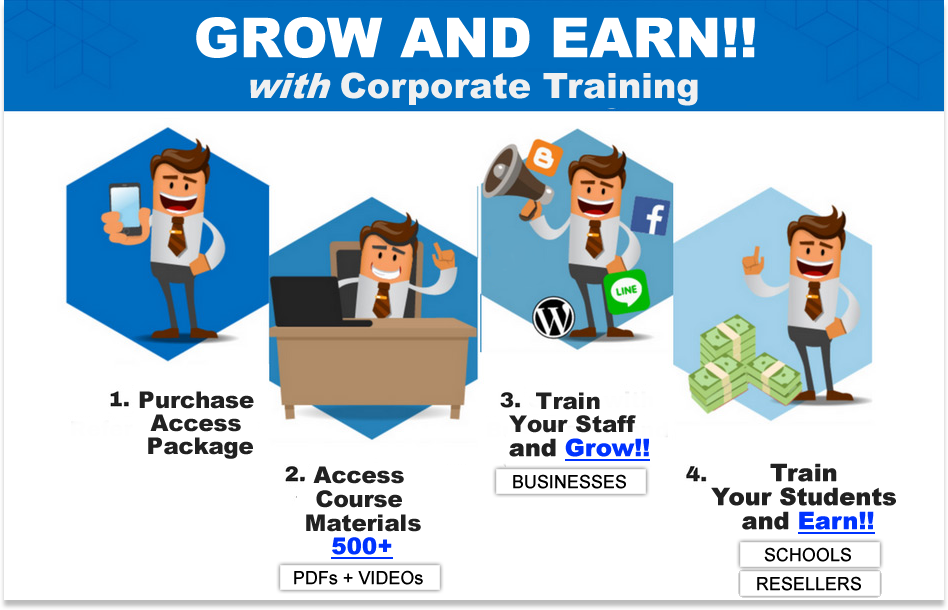
The Intersection of Medicine and Technology in 2023 and Beyond
One element stands out as a driving force behind dramatic changes in the dynamic world of modern medicine: technology. Software development, which has emerged as an essential driver for healthcare improvement, has altered the way doctors diagnose, treat, and care for patients.
Here, we delve into the power of transforming healthcare through software development, exploring its impact across various medical fields, the advantages it offers to both doctors and patients, and the potential it holds for the future of healthcare.
The Intersection of Medicine and Technology in 2023 and Beyond
Let's Talk About Modern Medicine
The core of modern medicine is evidence-based practice and a commitment to provide patients with the best possible care. Medical personnel are at the forefront of innovation in 2023, affecting the medical environment with pioneering studies, novel technologies, and data-driven tactics.
Healthcare workers now have unmatched access to a multitude of information and tools. They have been able to access enormous databases of clinical research and medical literature thanks to the power of software development, facilitating evidence-based decision-making for better patient outcomes. In addition, medical software programs have simplified the paperwork and patient management processes, lowering the workload and giving specialists more time to focus on providing personalized treatment.
The Connection Between Medicine and Technology
A new era of unimaginable potential has begun with the integration of software development into the field of medicine. Technology has emerged as an essential ally for healthcare practitioners globally, from surgical robots performing complex procedures with astounding precision to artificial intelligence assisting in speedy disease diagnosis.
Medical imaging is one of the most groundbreaking use of technology in medicine. X-rays, CT scans, MRIs, and other imaging modalities have become essential instruments in the detection and continuing monitoring of a wide spectrum of medical disorders. These imaging modalities provide medical personnel with a detailed view of a patient's anatomy, allowing for early detection and accurate treatment planning.
Also, telemedicine has been an innovator in terms of bridging the gap between patients and clinicians. Telemedicine, by permitting remote consultations, allows patients to receive specialist therapy without having to travel long distances. This has proven particularly useful in impoverished countries and in emergency situations where prompt medical intervention can save lives.
Furthermore, as a result of the convergence of software development and medicine, new medical devices, wearable health monitors, and mobile health applications have arisen. These medical innovations empower people to take an active role in their health management, encouraging early diagnosis and a healthier way of life.
Virtual reality simulations also provide practitioners and students with immersive training opportunities that enhance learning and skill development. Through virtual surgery, doctors may perfect their techniques, medical students can practice difficult procedures without endangering patients, and healthcare personnel can take part in lifelike simulations of difficult clinical circumstances.
Technologies Developed in Medical Fields
Revolutionary technologies that are transforming the future of healthcare have entered a number of medical sectors. Some significant areas of technology development include:
Medical imaging. X-rays, CT scans, and MRIs are now commonplace in medical diagnostics and enable doctors to gain thorough understanding of a patient's health.
Telemedicine. It allows for remote consultations, bridging the geographic barrier and enabling patients in economically disadvantaged regions to consult with doctors.
Biotechnology. The combination of biology and technology has resulted in ground-breaking therapies like gene therapy and customized medicine that are catered to the unique genetic makeup of each patient.
Information systems for health. Electronic health systems and digital patient records simplify data management, facilitating easy information sharing between healthcare professionals.
Medical equipment. They, ranging from wearable fitness trackers to cutting-edge prosthetics, improve patient monitoring and the quality of life for people with chronic diseases.
How Technologies Help Medicine Develop
Medical processes have been streamlined and patient outcomes have been improved thanks to the collaboration between technology and medicine. Medical personnel can make wise judgments by utilizing data-driven insights, resulting in more precise diagnoses and individualized treatment strategies.
Here's an illustration of how artificial intelligence (AI) and machine learning have altered medical diagnosis. For example, AI systems can scan massive volumes of medical data, detecting patterns and anomalies that a human eye might overlook. This allows for early disease detection, accurate risk assessment, and personalized therapeutic recommendations.
Additionally, by automating repetitive procedures through software development, workflow efficiency is improved, giving clinicians more time devoted to giving caring treatment. The administration of healthcare facilities is made simple by streamlining administrative activities, appointment scheduling, and billing procedures.
Advantages of Medical Technologies
Here, we will explore the benefits that these cutting-edge technologies offer to both medical professionals and patients:
Some Statistics
A wide range of technologies are advancing healthcare, from sophisticated recording apps to process automation in administrative activities.
Various reports claim:
By 2032, it is anticipated that the global telemedicine market will be worth a remarkable $590.9 billion, thanks to developments in communication technologies and rising demand for remote healthcare services.
From 2012 to 2018, the use of surgical robots increased by 13,3% (in 73 hospitals), resulting in shorter hospital stays and better surgical outcomes. They are useful tools for intricate treatments because of their accuracy and dexterity, which is advantageous to both surgical teams and patients.
The Future of Software Development in Medicine
The future of technology and health is extremely intriguing. Promising advancements like precision medicine, 3D-printed organs, and nanotechnology are still being actively researched and investigated. Additionally, the extensive use of machine learning and artificial intelligence will improve medical diagnosis and therapy optimization.
Drug delivery could be revolutionized by nanotechnology, opening the door to cellular-targeted therapeutics. Consider medications that target and eliminate cancer cells while avoiding healthy cell damage. This could revolutionize the way cancer is treated.
Scientists are investigating the possibility of 3D-printing functioning organs such as hearts and kidneys from a patient's own cells. This advancement has the potential to totally transform organ transplantation and eliminate the need for donor waiting lists.
Precision medicine, on the other hand, is about customizing a patient's therapy to their genetic make-up, lifestyle, and environmental circumstances. The purpose of this personalized approach to healthcare is to increase therapeutic efficacy while decreasing negative effects.
Additionally, the use of AI and machine learning in healthcare is anticipated to grow rapidly. AI-driven algorithms will enable drug discovery as well as treatment plan optimization, disease progression prediction, and diagnostic assistance.
To Sum Up
The partnership between technology and medicine has transformed healthcare and promised a better future, making it a vital asset. The transformative effect of software development in medicine is obvious, with better patient outcomes, more accessibility, and groundbreaking innovations. It is up to healthcare professionals, researchers, and technology experts to work together to chart the road towards a healthy society as we negotiate the challenges that lie ahead. We can clear the way for a better and healthier future by working together since the potential advantages vastly outweigh the obstacles.

